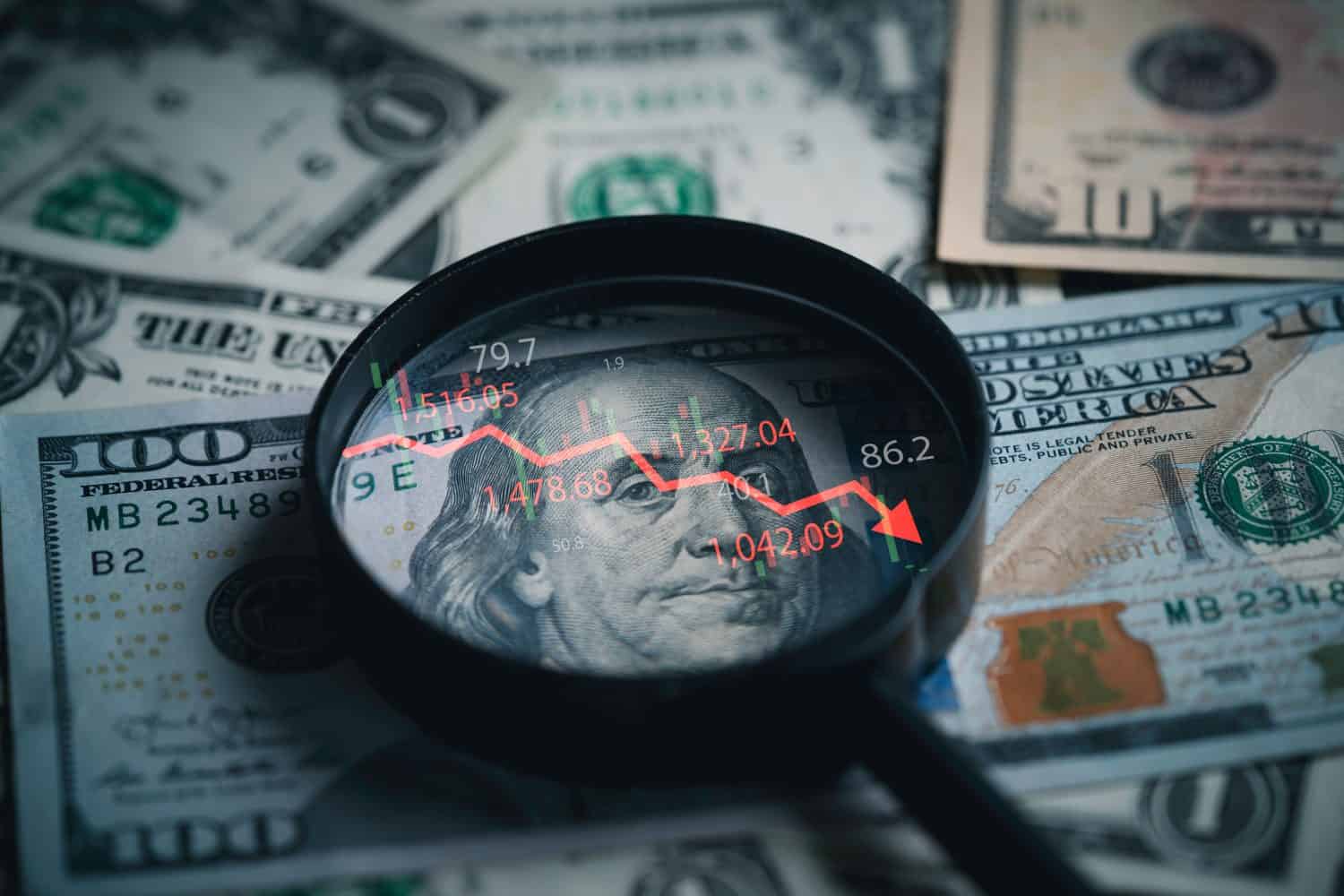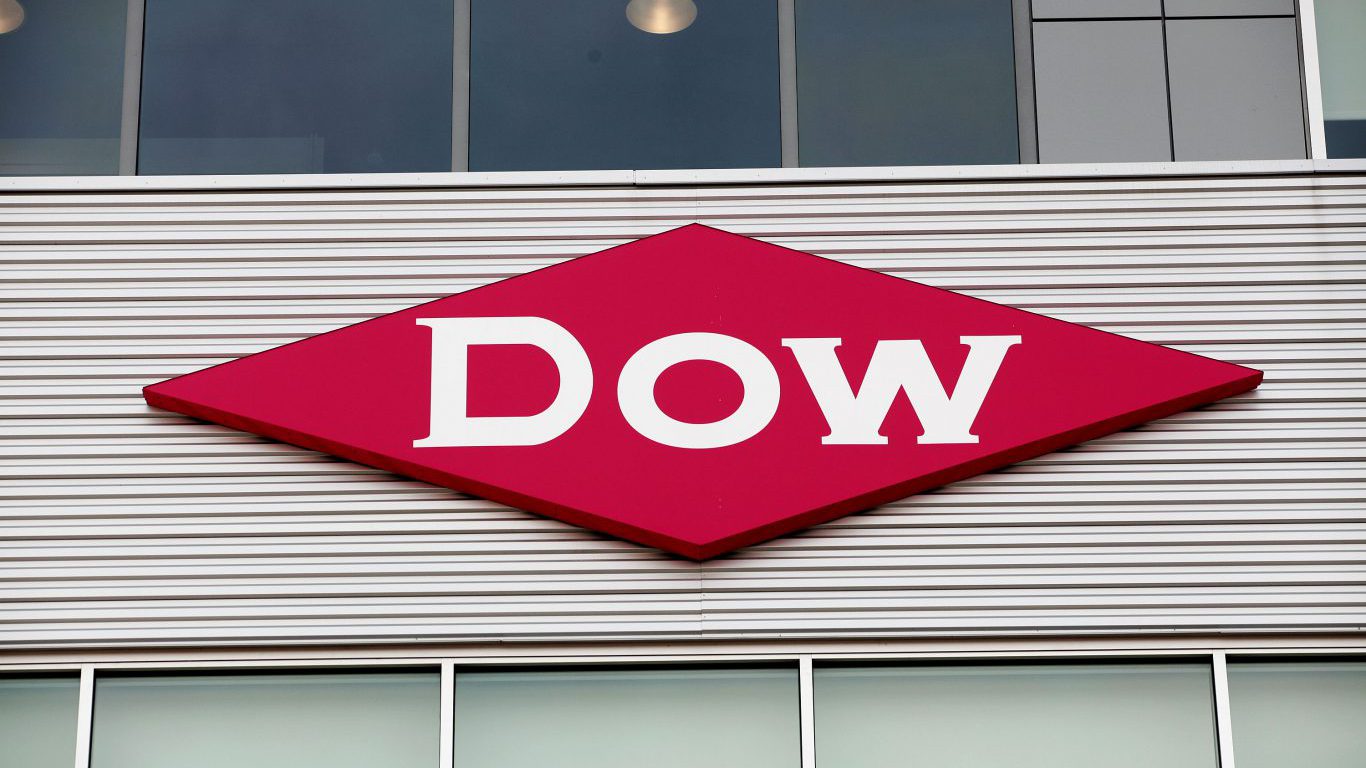Investing
These Ultra-High-Yield Stocks Are Hated but Completely Misunderstood

Published:

Ultra-high-yield stocks can be an interesting place to look if you’re a deep-value investor who’s willing to embrace the much-heated, hard-hit names that others have written off.
Undoubtedly, when we’re dealing with stocks with dividend yields that are many magnitudes higher than historical averages, you’re probably also dealing with a company that’s under an unfathomable amount of pressure. And while some yield seekers may not wish to bet on “turnaround” plays, I do think that the potential rewards from betting on such neglected stocks could more than justify the amount of risk taken.
As always, don’t get your hopes up when it comes to the double-digit yielders; if something sounds too good to be true, it often is. What good is a 10-12% yield if it means having to bet on a value trap with a broken story with a dividend that has a low chance of staying intact over the long haul?
In this piece, we’ll look at a handful of misunderstood ultra-high-yielders with resilient long-term narratives and the means to win back the respect of the many investors and analysts who’ve thrown in the towel in recent years.
Wall Street is vastly misunderstanding some hard-hit high-yielders.
BCE and DOW are intriguing high-yielders that are worth adding to your value radar.
Are you ahead, or behind on retirement? SmartAsset’s free tool can match you with a financial advisor in minutes to help you answer that today. Each advisor has been carefully vetted, and must act in your best interests. Don’t waste another minute; get started by clicking here here.(Sponsor)

BCE (NYSE:BCE) is a Canadian telecom company whose shares currently yield almost 12%. The name is worthy of U.S. investors’ attention despite the uncertain fate of the dividend. At this juncture, the dividend looks ripe for a cut. But I suppose there’s a non-zero chance it could hold up (at least for the most part) if the company’s stock can climb out of the gutter in 2025.
While America has no shortage of its own ailing telecom stocks, I think none are as pressured going into 2025 as the Canadian ones as their yields swell and shares show no signs of turning a corner. Indeed, even the hardest-hit U.S. telecom plays have shown signs of bottoming out in recent years. Whether Canada’s bruised telecoms are next to turn, though, remains the big question for bargain hunters.
In any case, Canada’s telecom industry faces a unique set of challenges as the nation’s three major carriers fight for a limited slice of the pie. Most notably, Canadian telecoms spend a ton of cash on their networks. And given the relatively low population density compared to the U.S., such spending, I believe, may not accompany quick rewards. That said, Canada is a fast-growing nation (faster population growth than the U.S.) whose continued growth bodes well for the longer-term future of Canadian telecoms.
Additionally, the Canadian economy seems to be in a harsher spot than the U.S., which could translate to pricing pressures for telecoms. Add potential regulatory heat from the CRTC (the Canadian Radio-Television and Telecommunications Commission), and it’s clear the Canadian telecom plays are tougher buys that are less loved than their U.S. counterparts.
In any case, Canadian telecom providers have impressive networks and an economic moat protecting their share in the Canadian market that’s effectively shut out American competitors.

Dow (NYSE:DOW) is a 7.1%-yielder that’s trading at multi-year lows of $39 and change per share. As the long-time chemical producer shoots to cut costs and increase shareholder value, I do think there’s a higher chance that investor patience will be rewarded moving forward.
Moving forward, Dow is moving forward with cost-cutting efforts that it hopes will shore up $1 billion in cost savings. Whether we’re talking about reducing the headcount or unlocking efficiencies, the company certainly seems to have a plan that could help reverse course in the stock.
Perhaps the biggest reason apart from the swollen dividend yield is the modest 0.65 times price-to-sales (P/S) multiple. Undoubtedly, Dow has an uphill battle ahead of it after it plunged in the back half of last year, accelerating the slump it’s endured since 2022.
In any case, I like the firm’s chances as it looks to leap past a bar that I find to be ridiculously low. Combined with the high but likely safe dividend, I’d not shy away from shares if you’re in the market for a great value this March.
Retirement can be daunting, but it doesn’t need to be.
Imagine having an expert in your corner to help you with your financial goals. Someone to help you determine if you’re ahead, behind, or right on track. With SmartAsset, that’s not just a dream—it’s reality. This free tool connects you with pre-screened financial advisors who work in your best interests. It’s quick, it’s easy, so take the leap today and start planning smarter!
Don’t waste another minute; get started right here and help your retirement dreams become a retirement reality.
Thank you for reading! Have some feedback for us?
Contact the 24/7 Wall St. editorial team.